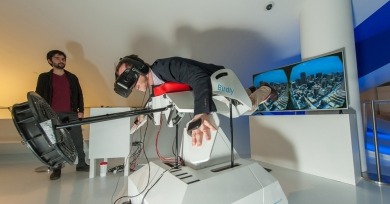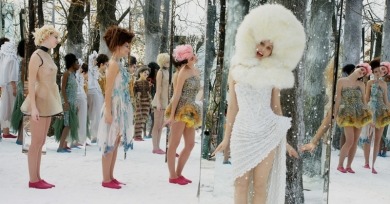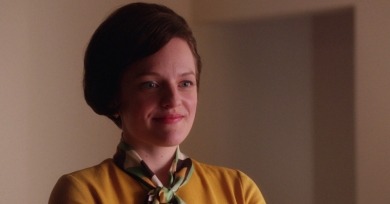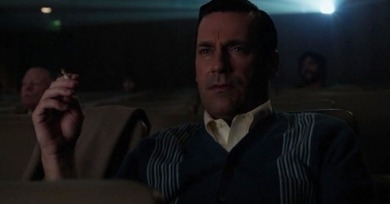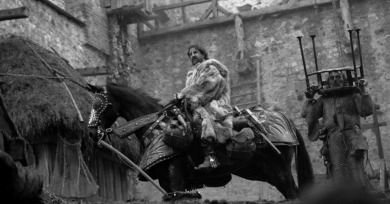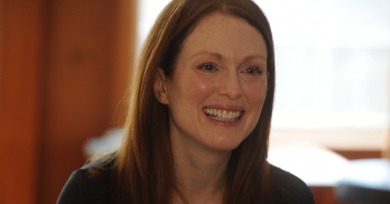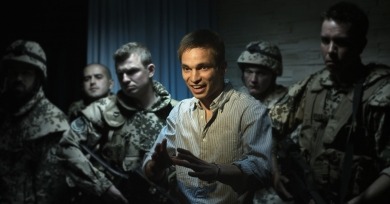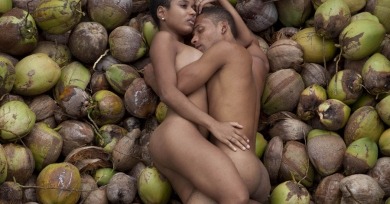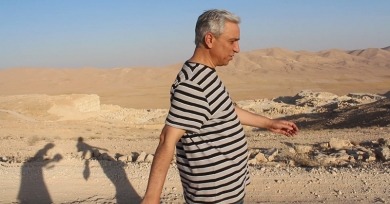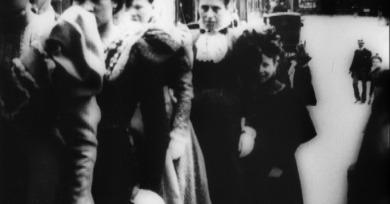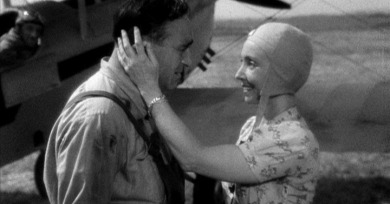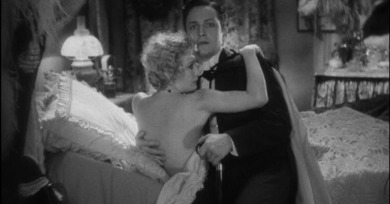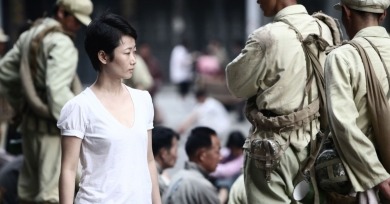At the Museum
Goings-on at Museum of the Moving Image
The “Sensory Stories” exhibit at Museum of the Moving Image is a playground for visitors of all ages to have personal encounters with emerging media technologies, novel interfaces, and experimental narrative forms that haven’t yet stabilized as familiar conventions.
Face originated as part of a program of cinematic projects commissioned by and filmed in the Louvre . . . virtually each shot is an autonomous set piece, not so much building blocks in a linear storyline as visual-aural objects whose splendor works to mitigate the pervasive mood of despair.
To the extent that Weiner conceived Peggy as a proto second wave feminist, one can see The Best of Everything’s Caroline as the template from which she is fashioned.
There’s a central, important contradiction to the show, which is our ad-exec main character feels enormously, existentially detached from the materiality of everyday life—the very things, concepts, and ideas he is meant to be hawking (except, perhaps, for Hershey bars).
One could easily imagine German’s masterwork flickering through the gate in projection booths and then deposited in serpentine curlicues directly into a wet open pit, to be fermented like kimchi or composted like coffee grounds and eggshells.
It’s a face that obviously looks great at a glance—she’s served as a print model for L’Oréal and Bulgari—but to truly appreciate its power we need time. Julianne Moore’s face—and all that it conveys, conceals, and emblematizes—demands the dimensions of cinema.
I’m placing the scare-quotes on “film” culture because after a good 115-year run, shot-and-displayed-on-film moving image art is no longer standard, or even particularly common, in any idiom. This is not, in and of itself, a tragedy.
Mascaro’s latest is his first foray into fiction filmmaking, but like his documentary work, is grounded in the realities of contemporary Brazil, particularly as experienced by citizens situated on society’s margins.
Though nominally a documentary festival, FIDMarseille seems chiefly concerned with challenging the form and the expectations that are brought to it.
The Guests is a sort of cinematic equivalent of a literary explication de texte—an exercise in which a single, brief work is made to expand, undulate, deepen, and shift shape simply by virtue of being looked at unblinkingly and at length.
The best-known member of the cohort represented in New York is Kazik Radwanski, whose debut Tower (2012) showed at dozens of film festivals around the world and garnered critical praise commensurate with his level of formal accomplishment, which is high indeed.
“A singular being in a plural world” is how Jean Cocteau described the French director Jean Grémillon. His films are sensitive to the tensions between individuals and communities, between the cyclical patterns of daily life and the private obsessions or conflicts that break these rhythms.
An inventory of just about everything that the cinema could do in the year 1931, quite a lot of which still outlines its capabilities today.
Jia assembles oral histories from individuals shaped by the political upheavals of the last fifty years, opening a new window onto their history and ameliorating a vacuous modernity brought upon Shanghai by the frenzy of the new millennium.
